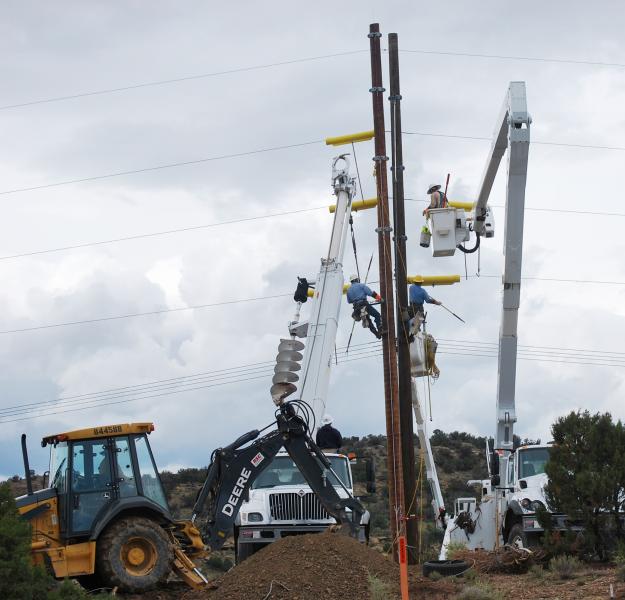Advanced Digital Literacy – Opportunities for All Skill Levels
When discussing digital literacy, most conversations center around people's initial contact with computers and learning how the Internet is relevant to their lives; the basics on how to obtain information, goods, and services online; and developing the threshold skills necessary to succeed in the digital economy. These basic skills are building blocks for success, and are the focus of many of our Broadband Technology Opportunity Program (BTOP) projects.
Digital literacy is an ongoing process, however, and “advanced” digital literacy can have tremendous economic impacts – both from the perspective of the person learning marketable computer skills necessary to compete in today’s digital economy, and from the macroeconomic perspective in helping to realize the President’s vision of a more competitive America built to last.

